Down On The Mile High Street: 1967 Chevrolet Impala

With all the relatively solid big Detroit cars from the 1960s getting eaten by The Crusher in these days of $4/gallon gasoline and $250/ton scrap steel prices, how does a rough survivor like this sedan manage to stay out of the Chinese steel foundries?
The probable answer: because it keeps running!
The mid-to-late-1960s full-sized Chevy cars (and I can’t sweat this is actually an Impala, since all the emblems and most of the trim are gone; we might be looking at a Biscayne with Impala taillights, or a detrimmed Caprice) tended to be very sturdy and simple to fix, and they were manufactured in such vast numbers— well over a million units for the 1967 model year alone, counting wagons— that parts are still easy to find. Engine blows up? No problem— just drop in a random 350 from Pick-N-Pull and off you go.

Murilee Martin is the pen name of Phil Greden, a writer who has lived in Minnesota, California, Georgia and (now) Colorado. He has toiled at copywriting, technical writing, junkmail writing, fiction writing and now automotive writing. He has owned many terrible vehicles and some good ones. He spends a great deal of time in self-service junkyards. These days, he writes for publications including Autoweek, Autoblog, Hagerty, The Truth About Cars and Capital One.
More by Murilee Martin
Latest Car Reviews
Read moreLatest Product Reviews
Read moreRecent Comments
- CanadaCraig My 2006 300C SRT8 weighs 4,100 lbs. The all-new 2024 Dodge Charge EV weighs 5,800 lbs. Would it not be fair to assume that in an accident the vehicles these new Chargers hit will suffer more damage? And perhaps kill more people?
- Akila Hello Everyone, I found your blog very informative. If you want to know more about [url=
- Michael Gallagher I agree to a certain extent but I go back to the car SUV transition. People began to buy SUVs because they were supposedly safer because of their larger size when pitted against a regular car. As more SUVs crowded the road that safety advantage began to dwindle as it became more likely to hit an equally sized SUV. Now there is no safety advantage at all.
- Probert The new EV9 is even bigger - a true monument of a personal transportation device. Not my thing, but credit where credit is due - impressive. The interior is bigger than my house and much nicer with 2 rows of lounge seats and 3rd for the plebes. 0-60 in 4.5 seconds, around 300miles of range, and an e-mpg of 80 (90 for the 2wd). What a world.
- Ajla "Like showroom" is a lame description but he seems negotiable on the price and at least from what the two pictures show I've dealt with worse. But, I'm not interested in something with the Devil's configuration.



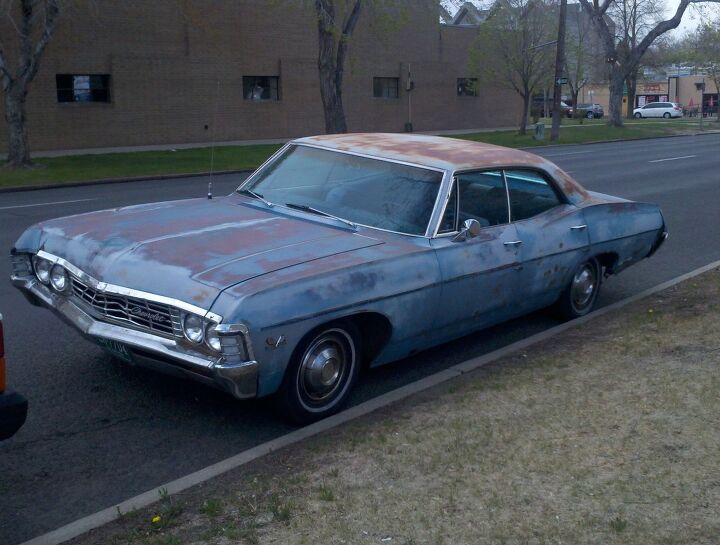






















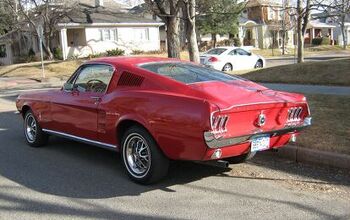

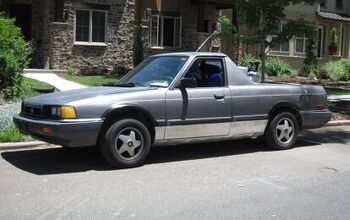
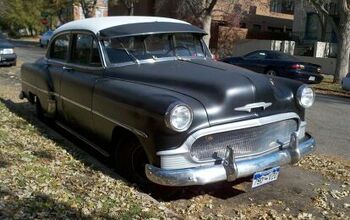












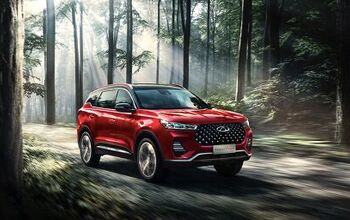

Comments
Join the conversation
These cars were actually pretty good on gas for the day when equipped with the 283 or one of the lower performance 327's. A well tuned 283 could easily get 18+mpg and a 327 wasn't far behind.
Many people that drove full size cars during the 60's and 70's now drive suvs and fullsize pickups. I grew up in the house that I now live in, and many of the neigbbors from those days who worked in the auto industry are still around. The people that worked for gm and drove cars like this back then are now driving silverados, tahoes, suburbans and the like. The retired ford workers that drove LTD's and such are now driving F-150's, explorers and expeditions. My wife's dad worked for the twinsburg chrysler plant, and back when I first met her her dad drove a D-100 and her mom had a 73 polara wagon. Now her dad drives a ram and her mom drives a grand cherokee.